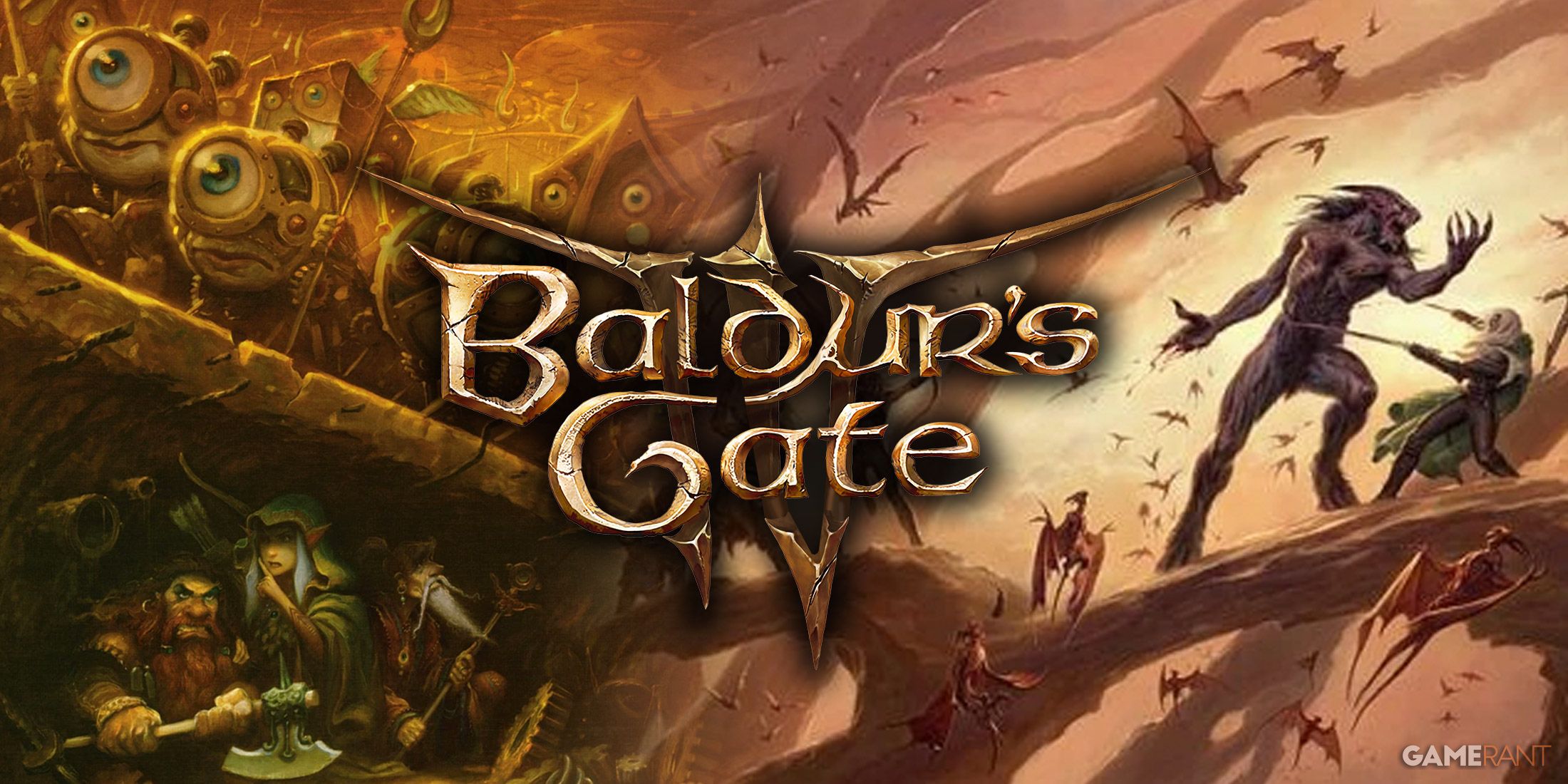
Baldur’s Gate 3 saw massive success upon its release for the game’s broad scope and world building, not just within the video game franchise, but by incorporating new elements from Dungeons & Dragons. Though a new game seems unlikely, a hypothetical follow-up to Baldur’s Gate 3 should do the same as its predecessor and dive deeper into the world of Dungeons & Dragons.
With a vast history lasting fifty years, Dungeons & Dragons has expanded its canon universe and many lands. A key expansion to the lore of the hit roleplaying game introduces a boundless wheel-shaped multiverse that Baldur’s Gate should be unafraid to explore.
Dungeons & Dragons’ 5th edition refers to its multiverse as the planes of existence. Most stories and campaigns take place on the Material Plane, including Baldur’s Gate, though it is sometimes referred to as the Physical or Prime Material Plane. The Material Plane is the core of the planes of existence, with all other planes being defined by their relationship to the Material Plane.
The Feywild and Shadowfell are two parallel dimensions to the Material Plane and are therefore often referred to as Mirror Planes. Since they exist on the same level as the Material Plane, their appearances are seemingly similar, though they present a more mystical or twisted version of the plane most heroes are familiar with.
Surrounding these three dimensions are the Ethereal and Astral Planes. These featureless realms are called Transitive Planes as they primarily act as liminal spaces during travel. For example, a player that casts etherealness or astral projection can enter these planes to explore these dimensions or travel beyond.
Enveloping these Transitive Planes are the Inner Planes, sometimes referred to as the four Elemental Planes, as each dimension is tied to either earth, wind, fire, or air. Even beyond these realities are the Outer Planes, which house deities. The Outer Planes are inherently abstract and time has no meaning across the dimensions. This is similar to the Astral Plane or Sea, which separates the Inner and Outer Planes and acts as a graveyard for gods. Additionally, the Outer Planes are divided into the Upper and Lower Planes based on alignment. Creatures with good natures reside in the Upper Planes, while creatures with more evil alignments reside in the Lower Planes.
Several of these dimensions have been explored or discussed over the course of Baldur’s Gate. Namely, Githyanki are warriors of the Astral Plane. As one of the main companions in Baldur’s Gate 3, Lae'zel acted as a key tie to the dimension. The game’s plot also forces players to explore the Astral Plane several times in Act 2 and Act 3, with combat even breaking out in some instances. This sets a precedent for planar exploration in Baldur’s Gate installments moving forward. Similarly to the Astral Plane, Shadowfell has a key plot connection to Baldur’s Gate 3. Players enter the dark region as they try to either kill or save the Nightsong.
Other planes included in the franchise are the Elemental Plane of Air (Baldur’s Gate II: Shadow of Amn) and the Nine Hells (both Baldur’s Gate 2 and 3),with Avernus specifically having relevance in the franchise’s latest installment. The Elemental Plane of Air is manifested in Irenicus’ Dungeon in Baldur’s Gate 2, meaning players don’t literally travel to the Elemental Planes in the game. However, the Hells hold a much more concrete relationship to the franchise in Baldur’s Gate 3 with players engaging in combat with Raphael in his House of Hope in Act 3. The House of Hope is located in Avernus, which is also Karlach’s home.
Bản xem trước mở rộng – Nội dung chưa đầy đủ.